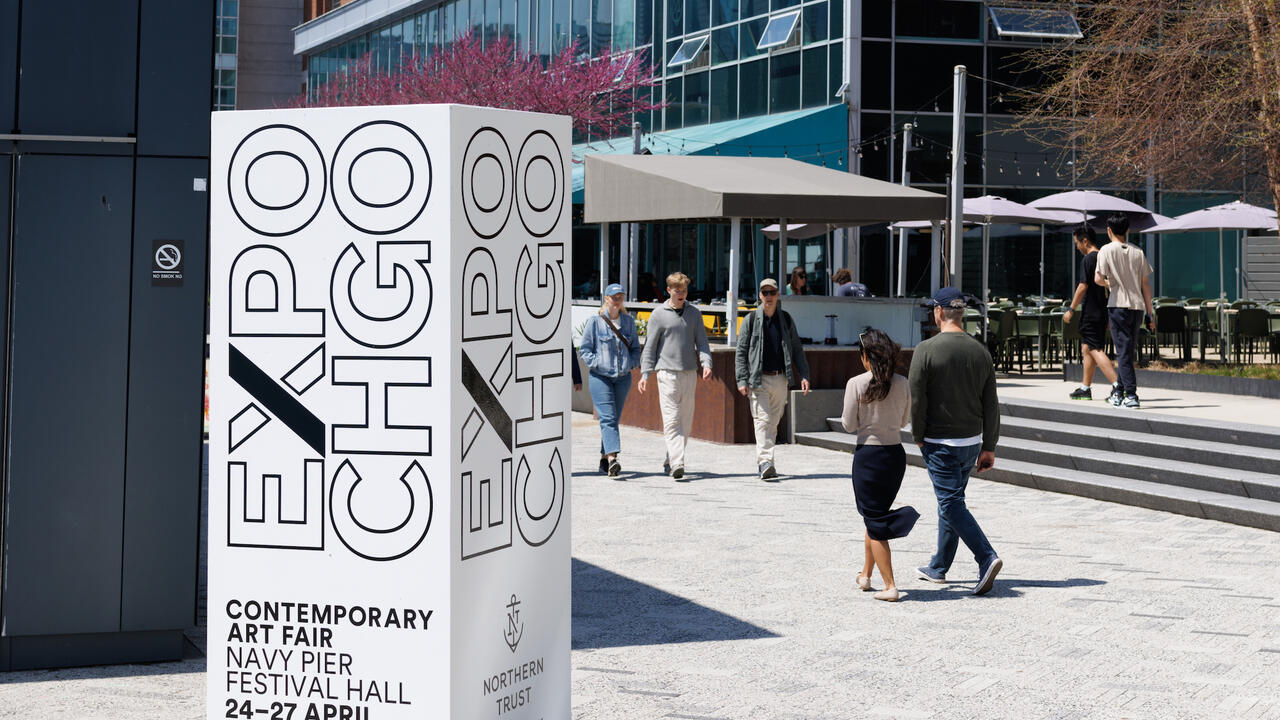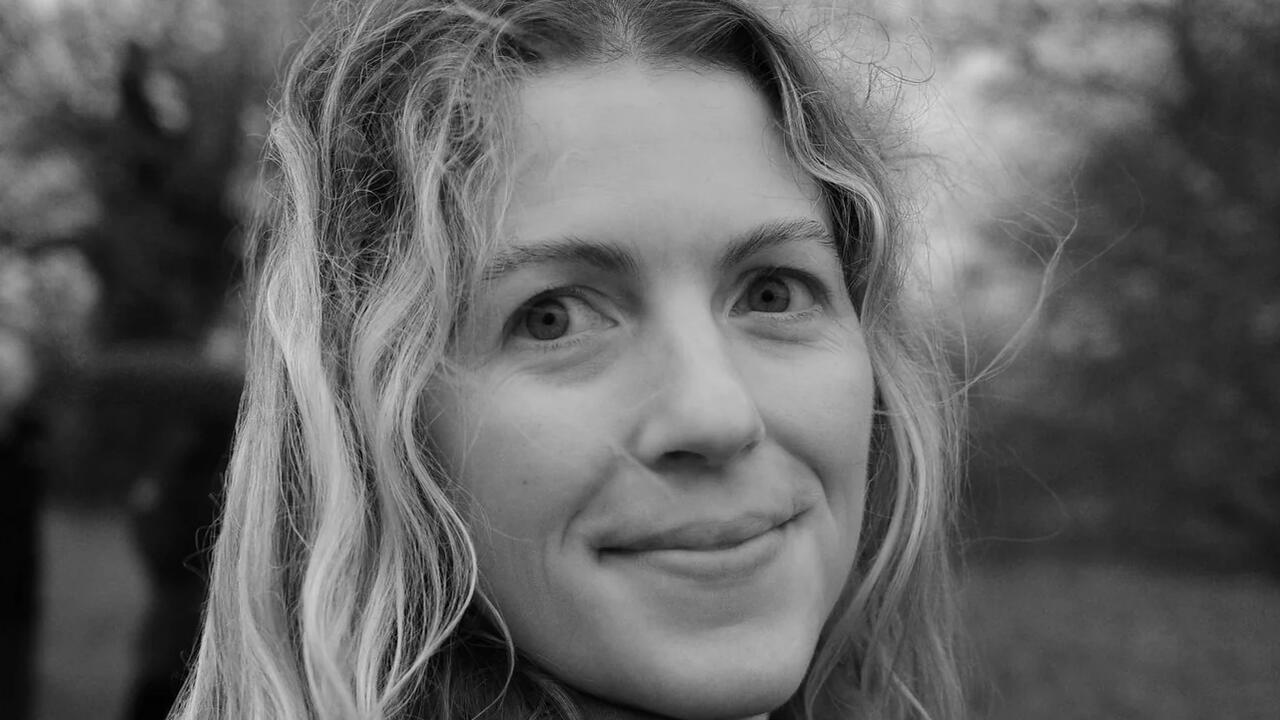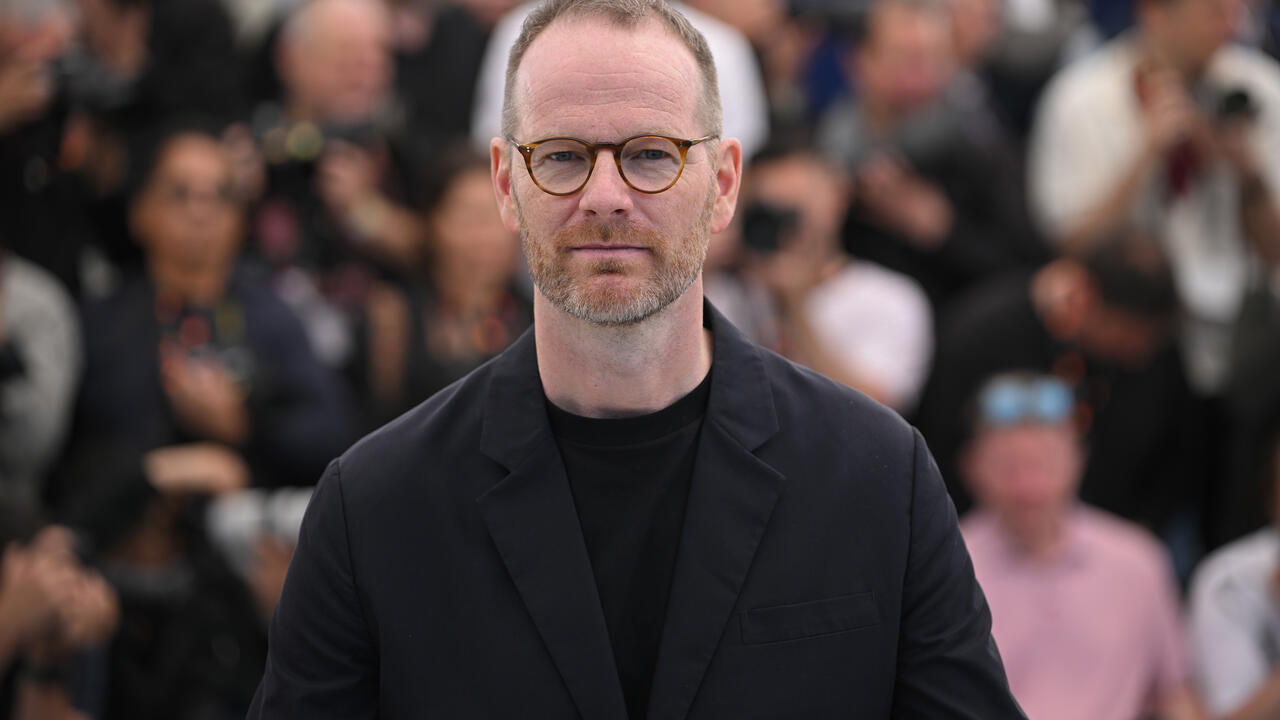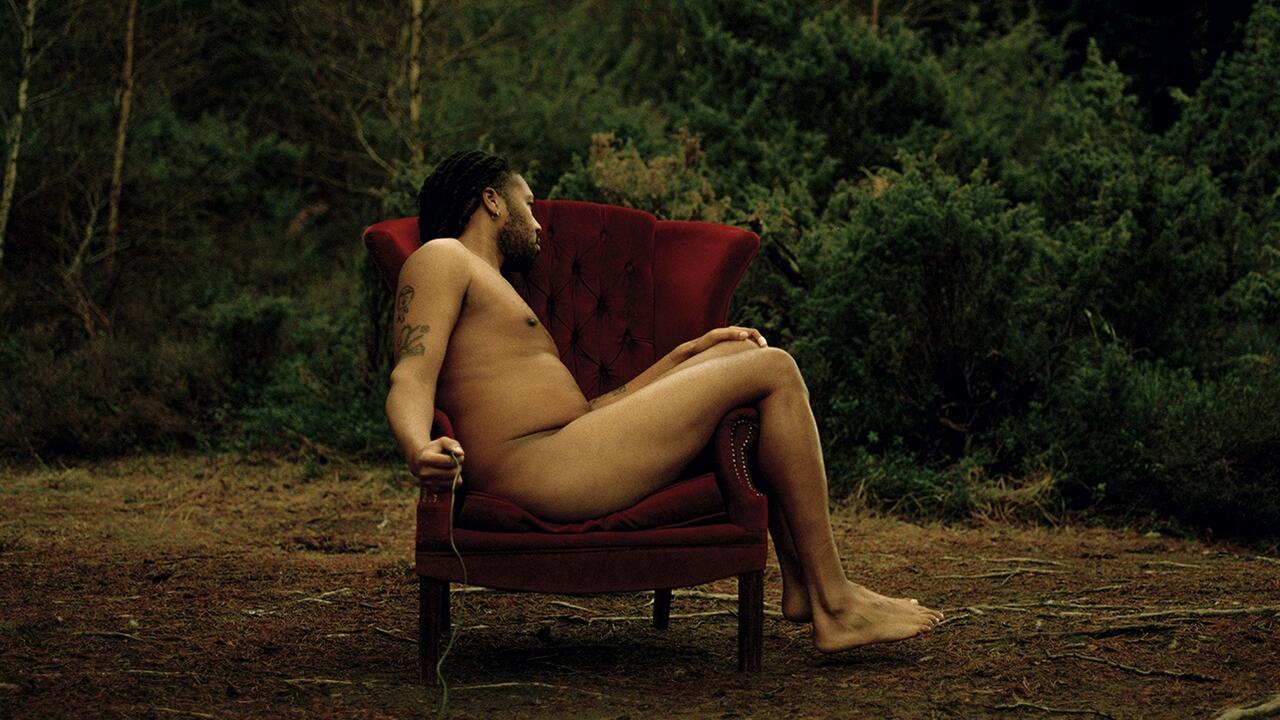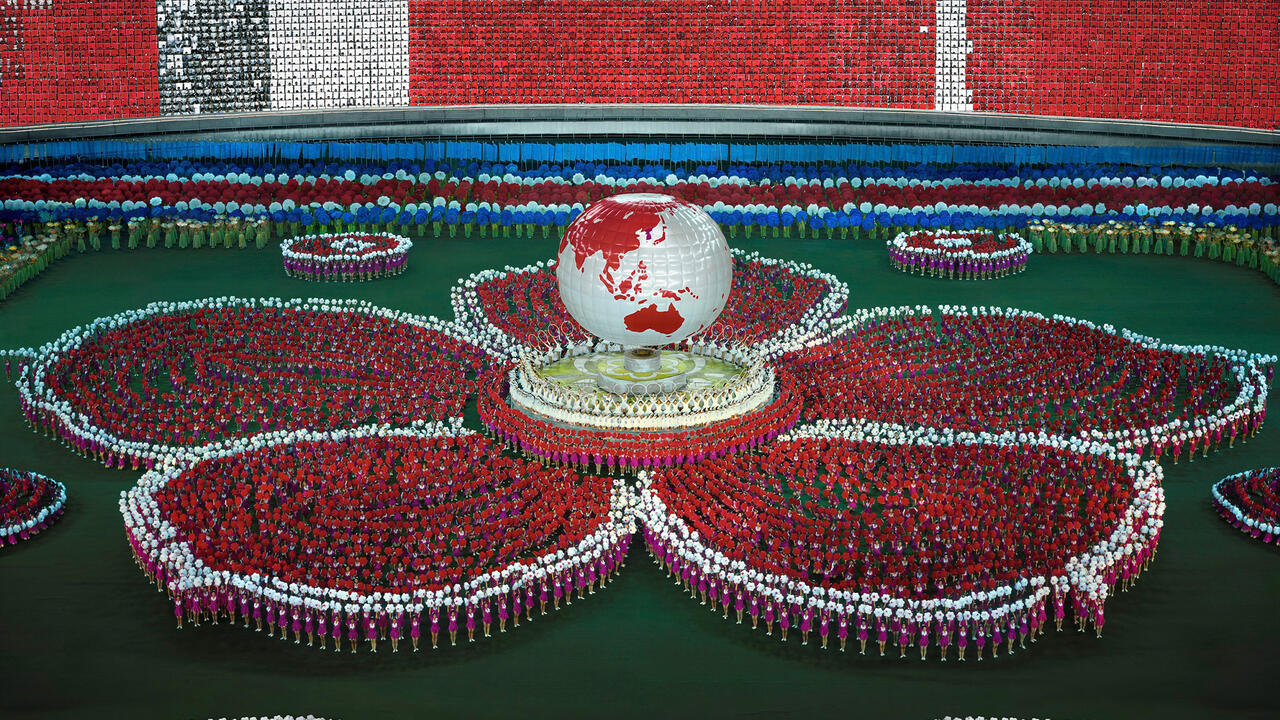Centre of Attention
How Zurich-based designer Julian Zigerli is redefining men’s fashion
How Zurich-based designer Julian Zigerli is redefining men’s fashion

At the end of the interview with Julian Zigerli for this piece I can’t help but buy a complete outfit. This wouldn’t be worth mentioning if the outfit wasn’t so unusual (read: challenging) and didn’t exemplify Zigerli’s approach to fashion so succinctly. The outfit is lilac, with a twisted pattern, and the material has the slight stiffness of linen. When worn as a set, it hovers between sportswear and business suit. It has an elegance that is difficult to quantify – an elegance that in part must be contributed by the wearer herself. By the way, Julian Zigerli designs men’s fashion. And his pieces are just as unconventional on men as they are on me.
Zigerli’s pieces work – or don’t work – depending on the person who is wearing them. And it’s exactly this fact that makes them so alluring. The success of fashion has always depended on how clothes are worn of course, but Zigerli demands far more than normal from the wearer. Self-assuredness for one: not just because the clothes are wildly colourful, which for the most part they are, but because their genre-mashing makes them difficult to read: ‘sportswear’ if you’re judging by the materials and the cut; ‘high fashion’ if you’re judging by the effect, the prints, the concept. It seems that Zigerli is doing with sportswear what New York designer Thom Browne has done with suits. Browne has taken the suit – that once so dispassionate uniform for men – to an almost completely subjective place. The suit is still there – the jacket remains – but it no longer acts as a shield. Browne adjusts the proportions to create a boyish sensibility, often with a jacket so tight it puts the body on display rather than hiding it.

Zigerli says he occupies the ‘between spaces’ in men’s fashion, which requires a greater precision. ‘The limits are more absolute here’ he says – established coordinates are easier to disturb. Seen this way, using colour is a strategy. To wear his designs ‘you have to like colour’, Zigerli says. Or rather: you have to like wearing colour. Of all the collections in Zurich’s Temporär Kalk, a pop-up shop stocking several Zurich labels, this rings most true for Zigerli’s collaboration with German artist Katharina Grosse for his 2014 Spring/Summer collection. Using primary colours on a white background, one sees the traces of spray-paint as it has moved across the fabric.

Zigerli studied at the Universität der Künste in Berlin under Stephan Schneider, graduating in the autumn of 2010. Soon after he displayed the collection made for his final show in Paris in January 2011 – the first on his own label – before moving to Zurich. Zigerli is Swiss, but that wasn’t the only reason: for him the city offered a better environment to work than Berlin. However, ‘the intended audience is definitely not Swiss’, he says, adding, ‘I don’t have universal coverage here.’ He’s right of course. But outside of Switzerland, his collections are well distributed, especially in Asia. Only small batches in select shops, but it’s an extensive network nonetheless: Beijing, LA, Melbourne, Seoul, Singapore, Sydney, Tokyo and Valencia.
But back to the topic of Zurich – or, as he calls it, ‘the Switzerland thing’ – his reference points are not what people are wearing on the street. Instead much of his inspiration comes from images found online – pictures without sources, captions, or explanations: ‘I’m on Tumblr a lot, you can find stuff there that you don’t see on the catwalks.’

It was on Tumblr where Zigerli saw his first Katharina Grosse painting. He pinned it to his mood board without knowing who it was by. Later he met Grosse’s Zurich gallerist Mark Müller through a friend, and finally got her email address and invited her to collaborate on his current collection. ‘Her work turns something three dimensional into a two-dimensional painting. I basically provided her with a human canvas’, he explains. This jump from one dimension to another was twofold in their project: the original spray-painted clothes were used as patterns for digital laser prints and the two dimensional prints were then transformed back into clothing. So does Zigerli see this collection as art? ‘I use the artist, not the art – I use their methods and their techniques to make fashion.’ Zigerli did work the other way however, turning the fashion designs made with Grosse into art works: ‘I framed the original cuts and sold them as art pieces at Mark Müller’s gallery.’

Whether art or fashion, for Zigerli the in-between is more interesting. For example running a marathon dressed in one of his high fashion outfits made of water repellant material – which Zigerli himself did. ‘It’s pretty audacious to wear my things to work out. That or snobby.’
If not sportswear or art, are Zigerli’s designs even high fashion? Zigerli’s father was a pilot and the young Julian grew up with the adage: ‘dress well, you never know when you’ll be upgraded to first class.’ So, dressed in his own designs, would he be? ‘If I boarded a plane today dressed head-to-toe in Zigerli gear, I don’t know if the Senior Flight Attendant would recognize the outfit as high fashion, even though he’d probably be gay and have an interest in fashion. The general perception of high fashion is still very much glamour and bling, or very simple and elegant.’
‘It’ll take time for people to get it’, Zigerli admits. Until then, those who wear his clothes will continue to stick out in a crowd – to mixed reactions. ‘Being the centre of attention isn’t something everyone likes – but something everyone else loves.’ Currently, fashion is all about projecting oneself onto others, especially here in Zurich: let’s let others wear Zigerli for us.
Translated by Yana Vierboom









